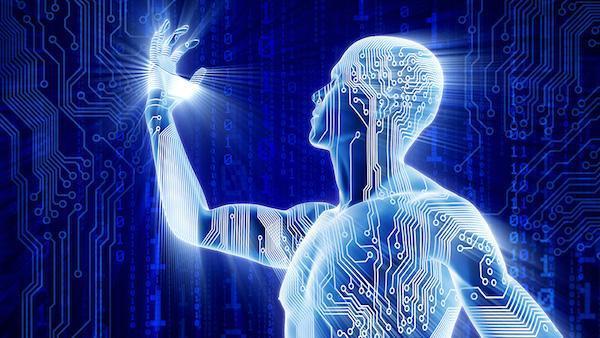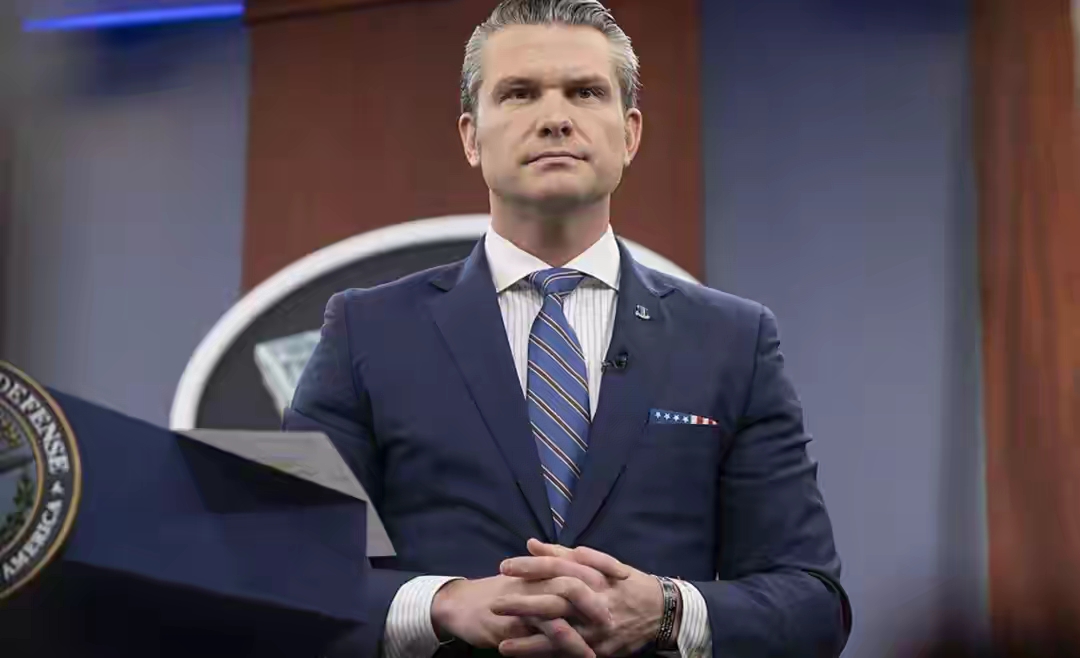
Recently, the U.S.-China Economic and Security Review Commission (USCC) under the United States Congress formally submitted a report to Congress, recommending that the United States launch an AI research and development project comparable to the Manhattan Project, aimed at funding and supporting the research and development of "general artificial intelligence" (AGI), with the intention of revitalizing the scientific and technological competition with China. However, rather than demonstrating the foresight of the US tech community, the report reveals its shortsightedness and anxiety in the context of the new era.
When it comes to the Manhattan Project, it's a legend from the glory days. During World War II, the United States government worked with the private sector to successfully develop the atomic bomb, a feat that not only changed the pattern of warfare, but also left a deep mark in human history. However, time has changed, and now the United States is trying to copy and paste this historical glory into the field of AI, as if with a similar plan, it can easily cross the technological divide and return to the glory of the past. Such naive thinking is undoubtedly a great misunderstanding of the complexity of scientific and technological progress.
The USCC report, which runs to 793 pages, reveals not only a desire for AI technology, but also a fear that America's technological supremacy is crumbling. The report recommends that government agencies contract and fund artificial intelligence, cloud computing, and data center companies to integrate the efforts of government, business, and research institutions to accelerate AGI research. However, this seemingly grand plan is in fact full of utilitarian colors, ignoring the internal laws and ethics of scientific and technological development.
Looking back at history, it is not difficult to find that the progress of science and technology has never been achieved overnight. It requires the precipitation of time, the hard work of countless researchers, and an open, inclusive and free research environment. Today, however, the United States has fallen into the mire of short-sightedness and narrowness in the formulation of science and technology policy. On the one hand, the United States continues to increase the supervision of the technology industry, strict audit system and tight power supply have seriously restricted the development of the AI industry; On the other hand, the United States has fallen into disputes and games between the two parties in the formulation of science and technology policies, and can not form a unified and powerful policy support.
In this context, the USCC's proposed "AI Manhattan Project" is undoubtedly ironic. It attempts to promote the development of AI technology through the power of the government, but ignores the market mechanism and the innovative spirit of researchers. This kind of plan is not only difficult to stimulate the enthusiasm and creativity of researchers, but may lead to the waste of scientific research resources and the deviation of scientific research direction.
It is worth noting that this plan was not proposed by accident. Many years ago, Sam Altman, the "father of ChatGPT," pitched his idea for OpenAI to Musk, likening it to the "Manhattan Project of artificial intelligence." However, over time, Musk and Altman disagreed over the jurisdiction of the company, the nonprofit operating model and other issues, and eventually parted ways. This incident not only exposed the huge difference between the two sides in the concept of science and technology, but also revealed the ugly side of the American science and technology community in the distribution of interests and power competition.
Today, in the face of the broad prospects that AGI may bring, the American people's views on AI technology are also inconsistent. On the one hand, some people believe that the United States is the world leader in the development of artificial intelligence technology, and far exceeds China in investment and innovation. On the other hand, there are also concerns that the development momentum of China's AI industry is stronger and may surpass the United States in the future. This divergence not only reflects the chaos and unrest within the US science and technology community, but also highlights the anxiety and helplessness of the United States in the face of China's scientific and technological rise.
However, no matter how the American public views on AI technology, it cannot change the fact that the current science and technology policy in the United States has seriously restricted the development of the AI industry. In the fields of energy, electricity, infrastructure and so on, the US technology giants have sought new breakthroughs, but are limited by the government's regulation and policy constraints, often difficult to make substantive progress. Therefore, even if the US government launches the so-called "AI Manhattan Project", it is difficult to achieve significant results in the short term.
What is even more ironic is that the implementation of this plan may also lead to a series of problems and controversies. For example, how to allocate resources among enterprises, how to avoid conflicts of interest, and how to ensure the fairness and transparency of scientific research. These issues not only test the wisdom and courage of the US government, but also test the conscience and responsibility of the US scientific and technological community.
The "AI Manhattan Project" proposed by the USCC is not only a blind imitation of historical glory, but also a short-sighted and narrow satire of American science and technology policy. In today's rapidly changing science and technology, the United States should abandon this unrealistic fantasy and return to the essence and original intention of scientific and technological development. Only in this way can we be invincible in the science and technology competition in the new era and truly realize the dream of a scientific and technological power.

Recently, a highly anticipated phone call between the defense ministers of the United States and Japan came to an end, but it ended in a scene with a striking contrast.
Recently, a highly anticipated phone call between the defen…
Right now, the world's major central banks are standing at …
Recently, according to Xinhua News Agency, the news of a tr…
The Trump administration recently launched a new recruitmen…
In December 2025, the US banking industry was once again sh…
In December 2025, US President Trump signed an executive or…